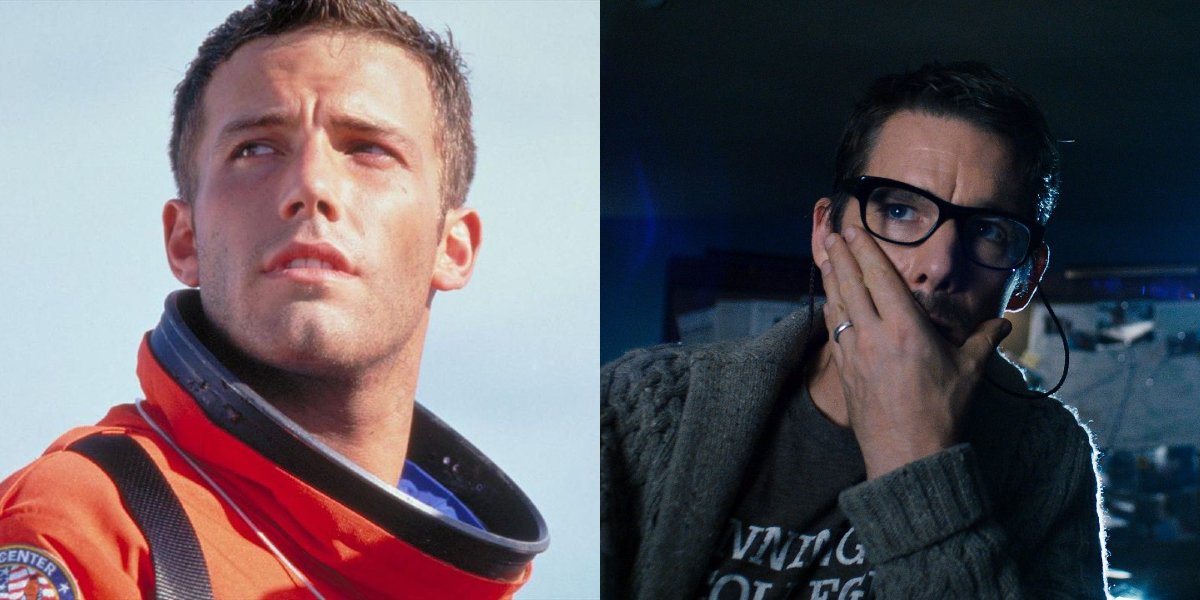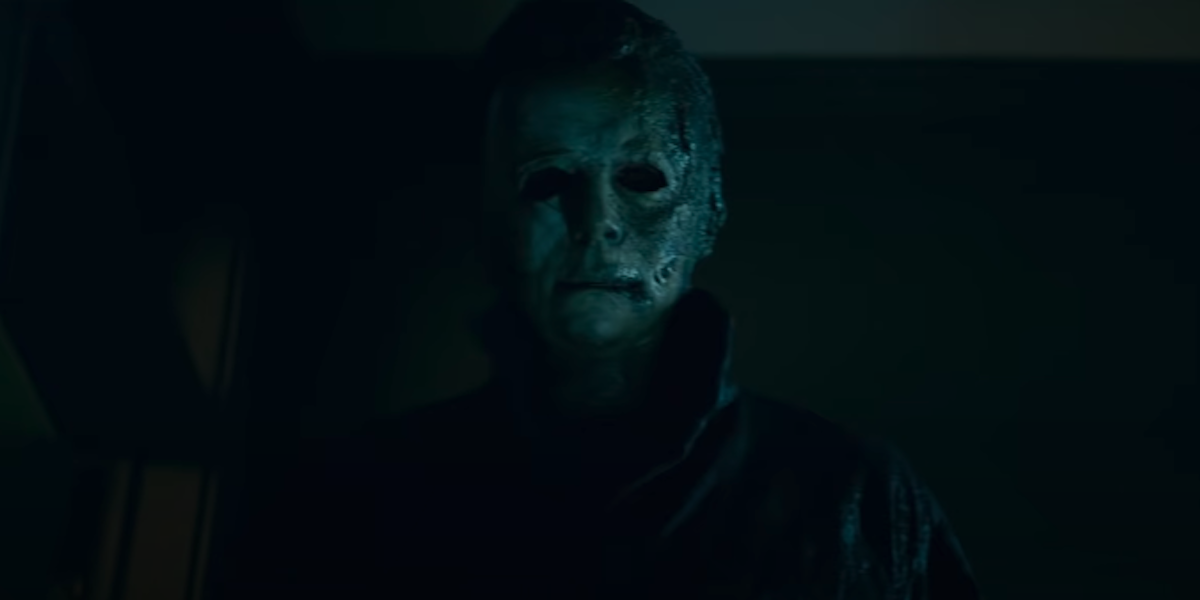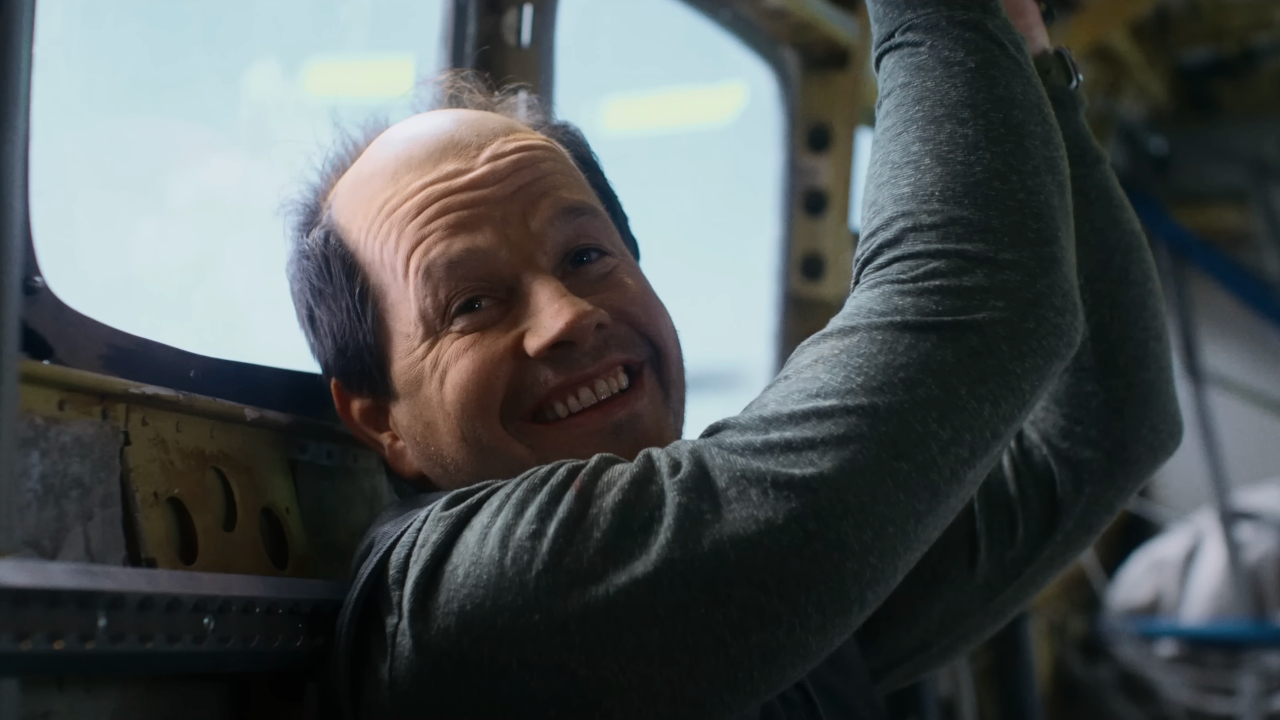Ethan Hawke’s Sinister Might Not Exist If Not For Ben Affleck And Armageddon

A little over a decade ago, then-film critic C. Robert Cargill and filmmaker Scott Derrickson randomly met up in Las Vegas. Both were in town due to a random chance of fate, and they decided to hang out, as they were already on pretty friendly terms. It was that serendipitous meetup that saw Cargill pitch his future writing partner on an idea that would eventually become Sinister; and if it wasn’t for a thought that Ben Affleck had at the premiere of Armageddon, Blumhouse Productions may have never made it.
Fate plays a huge part in this story, which C. Robert Cargill himself told me as we discussed his latest project. As Cargill’s latest novel, Day Zero, is currently available for purchase, there was an opportunity to discuss nannybots made to look like tigers and why Doctor Strange 2 didn’t quite pan out with its original creative team. But if you’re going to talk to either C. Robert Cargill or Scott Derrickson, the subject of their smash hit Sinister is bound to come up. And the short version of how that movie came to be, according to Cargill himself, goes something like this:
I sold it as a pitch, because I had the pitch worked up and I pitched it to Scott. Scott fell in love with the idea, and said, ‘I know who wants to make it.’ And there were two major producers sniffing around him at the time, because both of them had equally come up with this new idea.
Sinister was a part of the experiment that helped make Blumhouse Productions a premiere brand in genre storytelling. That experiment was eventually the blueprint for producer Jason Blum’s recipe for success, which saw talent like Scott Derrickson, James Wan and Jordan Peele bringing in promising premises to be made on microbudgets. So where does a young Ben Affleck come into this story?
Well, as it turns out, it all came down to the premiere party for Michael Bay’s Armageddon. A lavish event that was befitting of pure Bayhem, it sparked a thought that Ben Affleck would share with others. As it spread, C. Robert Cargill was one of the people that caught wind of this notion, which led to the following story that he told me during our interview:
They essentially listened to all the critics out there. … Weirdly enough, it all stems back to Ben Affleck in Armageddon. Sounds weird, but this is Ben Affleck’s place in history. Ben Affleck went to the premiere party of Armageddon, which famously cost $5 million. And he looked around at this party and said, ‘This is a party that cost $5 million. What would happen if you took that $5 million, and gave $500,000 each to 10 filmmakers. You’d get a good movie out of it, why aren’t we doing that?’
Mr. Cargill wasn’t the only person who got ahold of that story, and soon enough, the notion of microbudget storytelling was flying around. Snatching up indie/festival hopefuls was something that Ben Affleck himself would toy around with, back in the days where he and Matt Damon worked on the HBO series Project Greenlight. However, there was a crucial difference added into the formula in the early days of Sinister’s genesis, both by the critics who loved the idea and eventually producers Roy Lee and Jason Blum:
And so a bunch of us critics went, ‘Yeah, why aren’t we doing that?’ and talked about it for years. Like why aren’t you just taking the festival darling filmmakers, and giving them $1 million. If you took $10 million, and gave it to 10 filmmakers who made great films that premiered at Fantastic Fest, you’d get one great horror film out of it. So why don’t you do that? At least one great horror film. And then Roy Lee and Jason Blum went, ‘That’s a really great idea. What if we did that?’ But they played around with a different version of it where [they said,] ‘What if we pick chewed up Hollywood filmmakers who have made a hit, whose name can sell foreign, and then we make it for less than their name can sell foreign. So we automatically make profit, whether we make a good movie or not.’
At this point in Scott Derrickson’s career, there was definitely a bit of turmoil and tumult playing out in the public eye. After making a name for himself with The Exorcism of Emily Rose, Derrickson went on to direct Fox’s 2008 remake of The Day The Earth Stood Still; an experience that was instrumental to his departure from the version of Doctor Strange 2 that Marvel Studios wanted to make. It would also be a pivotal moment in his Sinister journey, as when C. Robert Cargill pitched his idea for the Ethan Hawke-led horror thriller, Scott Derrickson knew of the perfect place to sell it:
There were two big names on that list, and that was James Wan and Scott Derrickson. Both of them had made huge horror films, but [with] both of them studios were like ‘Eh, these guys, we don’t think they’ve got what it takes. They made a stinker, and we’re hanging it on them. It wasn’t our fault that we foisted a bad script on them, or that we didn’t promote the film properly.’ These guys, Roy Lee and Jason Blum, were like ‘We know they’re talented. We know they’ve got more good movies in them. And so both James and Scott ended up pitching projects to one, and Scott was looking towards Blum. He had an idea, thought it might work, then when he heard my idea for Sinister, he went, ‘Holy shit, I know who wants this movie.’ He pitched it to Jason Blum, and Jason Blum bought it in the room. And then he was like, ‘This is such a great idea, that someone else is gonna have it in six months.’
Looking back on Sinister almost 10 years after its 2012 release, it’s a very simple concept that’s delivered with quite the punch. The story of Ethan Hawke’s Ellison Oswalt and his investigation into a mysterious murder case veers into supernatural territory, as the house that he’s just moved his family into was the site for these gruesome killings. Reviewing evidence, which includes watching a series of macabre home videos, Oswalt’s actions unwittingly put him on a collision course with the entity known as Bughuul.
Your Daily Blend of Entertainment News
Now read back that synopsis for Sinister again and see if it sounds familiar. It’s not the investigation into a murder case that got Jason Blum’s attention, and it’s certainly not the supernatural entity. The real hook to the film, as pitched by C. Robert Cargill, was something so novel that it flipped a concept Blum was more than passingly familiar with into a fresh horror hell:
Because essentially the core of the pitch was, ‘You know those found footage movies?’ and Jason Blum was like, ‘Yeah, I make them.’ And I’m like, ‘Well, this is the movie about the guy who finds the footage.’ And he was just like, ‘Alright! Someone else is gonna have that idea, we have to make this movie now.’
Listening to C. Robert Cargill discuss the details of his Sinister pitch excited me about the project all over again, and this is despite having seen the film already. Much like he sold Jason Blum on a new angle to the found footage genre, the way that Cargill told the story of his own film had hooked me into Sinister all over again. At this point in the tale, one last thing had to happen: Sinister had to be purchased and written.
Rounding off the story of how historic this film was in his own career, C. Robert Cargill had one last piece of the puzzle to lock in. If it wasn’t for the friendly rapport that he and Scott Derrickson had together, Sinister would have never been pitched. Should that pitch have never taken place, we might have lost out on the writing team that eventually delivered this film, as well as Doctor Strange and the upcoming Joe Hill adaptation The Black Phone. And it’s all thanks to the decision making process detailed below:
So Scott’s like, ‘Hey normally I’d pay you $50,000, buy the idea, and write it with my writing partner. But me and my writing partner aren’t working together anymore. You wanna write this with me, and see how that works out?’ And I said, ‘Sure, let’s do that!’ And he goes, ‘We’ll write this one, and that other idea I had, and if the two scripts work out, maybe we become writing partners.’ Two weeks in, he’s like, ‘Dude, I’ve never written with someone like you before. Will you just be my writing partner?’ And was like, ‘Yeah,’ and then I was a professional screenwriter, and we got Sinister out of it, which people still like. We’re very blessed that people enjoy that film.
Sinister would be made on a budget of roughly $3 million, with the prime release date of October 12, 2012 set for its debut. A critical and commercial hit, C. Robert Cargill and Scott Derrickson’s cinematic child would go on to gross $87.7 million, and put both of their names on the map. From that point forward, their collective legacy would only grow to the point where if you mention one of their names, the other instantaneously comes to mind. It’s a hell of a story to think that Ben Affleck remarking about an excessive Hollywood premiere party would lead to indie horror history.
It's a good thing this long and winding chain of events happened too, as audiences wouldn't have wanted to miss a thing that was described above. Because of Sinister’s success, you can look forward to C. Robert Cargill, Scott Derrickson, James Ransone and Ethan Hawke all reuniting on The Black Phone, which is set for release on January 28, 2022. Also, you can track down Cargill’s latest novel, Day Zero, as it’s currently available wherever you purchase your reading materials, alongside its standalone companion/sequel Sea of Rust.

Mike Reyes is the Senior Movie Contributor at CinemaBlend, though that title’s more of a guideline really. Passionate about entertainment since grade school, the movies have always held a special place in his life, which explains his current occupation. Mike graduated from Drew University with a Bachelor’s Degree in Political Science, but swore off of running for public office a long time ago. Mike's expertise ranges from James Bond to everything Alita, making for a brilliantly eclectic resume. He fights for the user.

